Porto-North-Portugal.com
The best independent guide to North Portugal
Porto-North-Portugal.com
The best independent guide to North Portugal
Where to go in North Portugal?
Northern Portugal remains one of Western Europe's less-visited regions, despite its rich cultural heritage and diverse landscapes. The region stretches from the Atlantic coastline to the Spanish border, encompassing the vibrant cities of Porto and Braga, the coastal beaches of Costa Verde, and the picturesque landscapes of the Douro Valley and Peneda-Gerês National Park.
While many visitors limit their trip to Porto, Guimarães and Braga, the region offers so much more. There is the prehistoric cave art in Côa, the fortified towns of eastern Beira, the pretty river beaches along the Rio Cávado, the scenic hiking trails around Arouca, the wine tourism of Pinhão or the untamed surfing at Âncora. Then there are the charming historic towns including Lamego, with its baroque sanctuary, Ponte de Lima, Portugal's oldest village, and the thermal spa town of Chaves.
The region's wealth of sights and attractions could easily two weeks of exploration. This guide will detail the best towns and cities of Northern Portugal and provide ideas for your holiday.
Related articles: Sights of Northern Portugal
Porto and Vila Nova de Gaia
Porto is northern Portugal's largest city and straddles the majestic Douro River alongside Vila Nova de Gaia, forming a UNESCO World Heritage site renowned for its port wine cellars and medieval architecture. Though technically two cities, Vila Nova de Gaia (south of the river) and Porto (north of the river) function as a single metropolitan area, particularly for tourism.
Porto's highlights include the ornate São Bento railway station with its stunning azulejo panels, the baroque Torre dos Clérigos (offering panoramic city views), and the Gothic São Francisco Church known for its lavish gilded interior.
The bustling Ribeira district, with its colourful houses and riverside restaurants, leads to the striking Luís I Bridge, while the nearby Lello Bookshop is famous for its elaborate Neo-Gothic interiors. Across the river, Vila Nova de Gaia houses the historic port wine cellars, where visitors can tour the aging rooms and enjoy tastings of Portugal's famous fortified wine.
The city can be explored thoroughly in two days, though three days allow for more relaxed sightseeing, particularly during the summer heat. With excellent regional train connections to Guimarães, Braga, Aveiro and the Douro Valley, Porto serves as an ideal base for an extended stay.
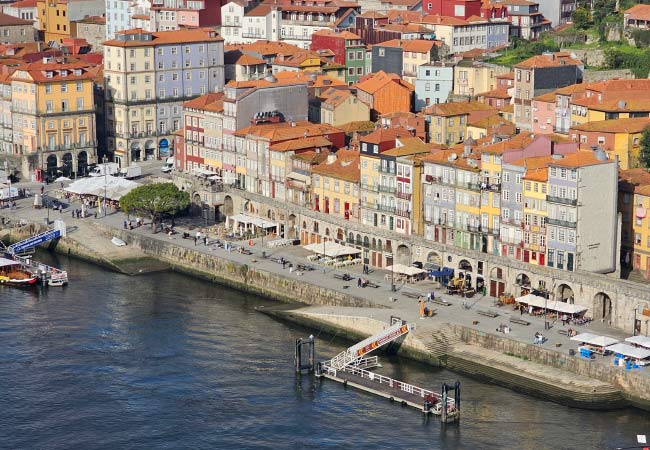
The Ribeira district
Guimarães
Known as the 'Cradle of Portugal', Guimarães was the birthplace of the nation's first king, Afonso Henriques in the 12th century. This beautifully preserved medieval town features a 10th-century castle, the Gothic Palace of the Dukes of Braganza, and the cobbled Oliveira Square with its Romanesque church.
Beyond these landmarks, the historic centre is a maze of medieval squares, granite-faced mansions and winding cobblestone lanes that has remained remarkably unchanged for centuries.
Guimarães is typically visited as a day trip from Porto, with 4-5 hours sufficient to explore the historic centre. Many visitors extend their trip by two hours to ride the cable car to Penha Hill, which offers panoramic viewpoints and a hilltop sanctuary surrounded by giant granite boulders. Regular regional trains connect Porto's São Bento station to Guimarães, with a journey time of 70 minutes.
Our Opinion: Guimarães is the best day trip from Porto, and should be included in any travel plans you make
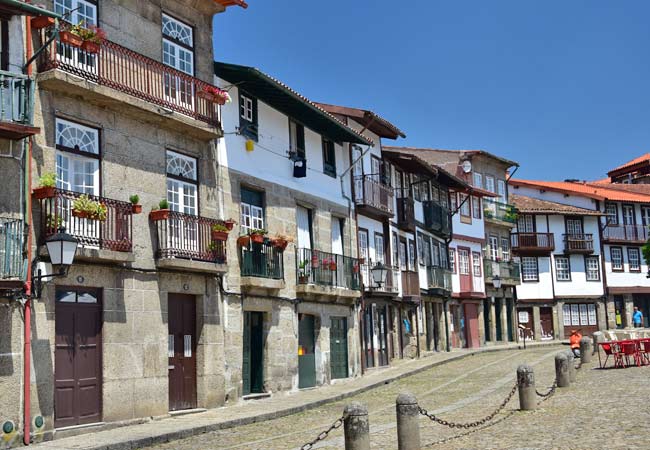
Braga
Braga is Portugal's third-largest city and one of the country's oldest religious centres, boasting over 2,000 years of rich history.
The city is home to Northern Portugal's finest attraction, the magnificent Bom Jesus do Monte sanctuary, renowned for its baroque stairway and hilltop church. Braga also has a delightful historic centre that includes the ancient Braga Cathedral, elegant baroque churches and the charming pedestrian streets around the Avenida da Liberdade.
A day trip to Braga requires 6-7 hours, and a significant part of this time will be spent at the Bom Jesus complex, which is 3km from the historic centre. In the summer, there are many pretty river beaches along the Cávado River, including Praia Fluvial de Adaúfe, Merelim, and Faial. Braga is easily accessible from Porto and is served by frequent regional trains from Porto São Bento station (1 hour).
Our Opinion: Don't be put off by Braga's reputation as "the religious capital of Portugal"; this is a young, vibrant city with plenty to discover.
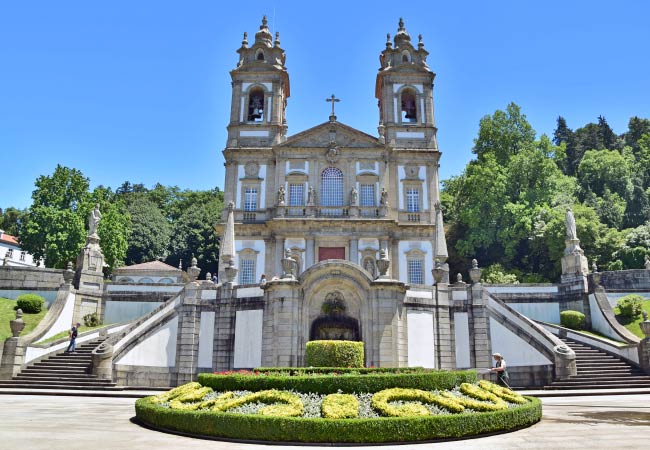
Bom Jesus do Monte
Pinhão
Pinhão is the most picturesque town on the Douro River and should be your primary destination when visiting the region.
This small town sits at the confluence of the Douro and Pinhão rivers, and is surrounded by terraced vineyards that climb the steep hillsides of the Douro Valley.
Pinhão lies at the heart of wine production in the Douro and there are several wine estates (quintas) within walking distance that offer tours and tasting sessions. These include the Quinta do Bomfim, Quinta das Carvalhas and Quinta do Noval.
The charming waterfront serves as a departure point for boat cruises along the Douro, ranging from one-hour trips to full-day excursions. For those feeling energetic, a 2.5km hike leads to the Miradouro Casal de Loivos, one of the finest view points of the Douro region.
The town is connected to Porto by the Linha do Douro railway, offering a spectacular journey that follows the river for much of its route.
Our Opinion: Pinhão is ideal for a day trip to the Douro; for overnight stays of one or two nights, we recommend Lamego.
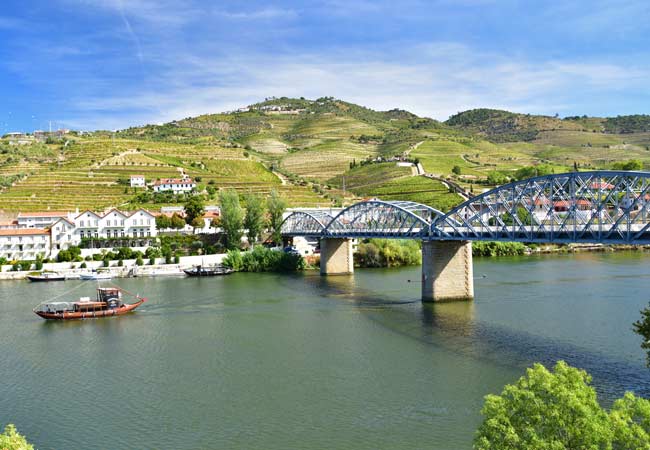
Viana do Castelo
Viana do Castelo is one of northern Portugal's most charming coastal cities, crowned by the Neo-Byzantine Sanctuary of Santa Luzia, which offers some of the most spectacular views along the Atlantic coast. The city's historic center includes impressive examples of Manueline, Renaissance, and Baroque architecture, including the ornate 16th-century Misericórdia building and the Gothic-style Cathedral on Praça da República.
The Gil Eannes Hospital Ship, now a museum, provides fascinating insights into Portugal's cod-fishing heritage. Along the waterfront, you'll find wide sandy beaches popular with surfers and windsurfers, particularly Praia do Cabedelo with its pristine dunes and consistent waves.
Viana do Castelo is a destination to be based for 1 or 2 nights and is a great base from which to visit Ponte de Lima, Caminha and Valença.
Our Opinion: While often overlooked in favour of Braga or Guimarães, Viana do Castelo offers a unique blend of historical architecture, maritime culture, and coastal charm that makes it particularly appealing if you want to escape the common tourist routes.
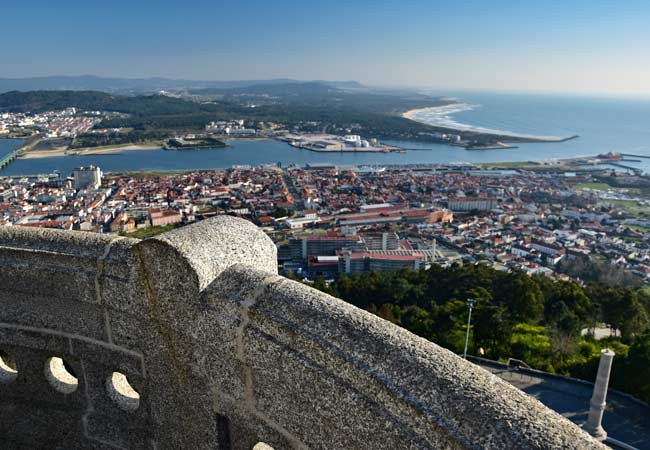
Ponte de Lima
Ponte de Lima is Portugal's oldest village and is named after its Roman bridge spanning the Lima River. The town's medieval character is preserved in its historic center, with granite manor houses, baroque fountains, and leafy riverside gardens. The town is famous for its fortnightly market (dating back to 1125), and the Vinho Verde wine region surrounding it.
The town is small and can be explored in 2-3 hours, and makes the perfect day trip from Viana do Castelo. If traveling from Porto (85km away) a day trip could be combined with Ponte da Barca.
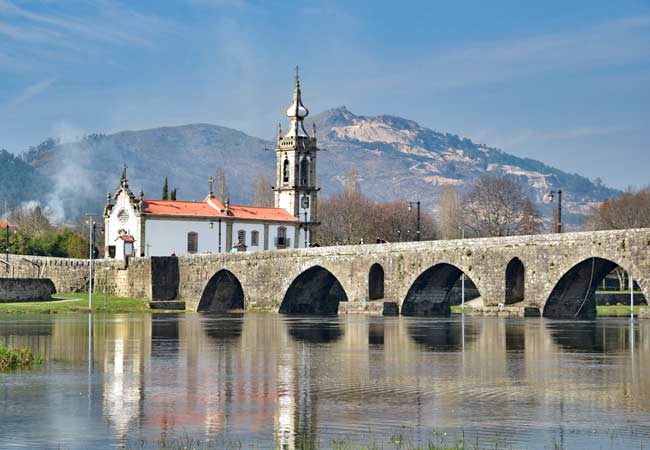
Lamego
Lamego is an elegant town distinguished by its impressive Sanctuary of Nossa Senhora dos Remédios, with its grand baroque staircase of 686 steps adorned with azulejos tiles and ornate fountains. The historic center features a 12th-century castle, a Gothic cathedral, and Renaissance-era noble houses, while the surrounding area is dotted with prestigious wine estates.
As a base for exploring the Douro Valley, Lamego offers significant advantages: it's less touristy than other towns, has excellent accommodation options, and provides easy access to major quintas and viewpoints. The town is perfectly positioned for day trips to Pinhão (30 minutes), Peso da Régua (20 minutes), and various wine estates. Unlike the smaller riverside towns, Lamego has a good selection of restaurants, cafes, and shops that make extended stays comfortable.
Lamego itself can be explored in 4-5 hours and is accessible by bus from Porto (2 hours and 30 minutes) or by taking the train to Régua and then a short taxi ride.
Our Opinion: While most tourists rush through the Douro Valley, staying in Lamego offers a more relaxed and authentic experience. Its combination of historical sites, comfortable amenities, and strategic location makes it our top choice for a multi-day Douro Valley stay.
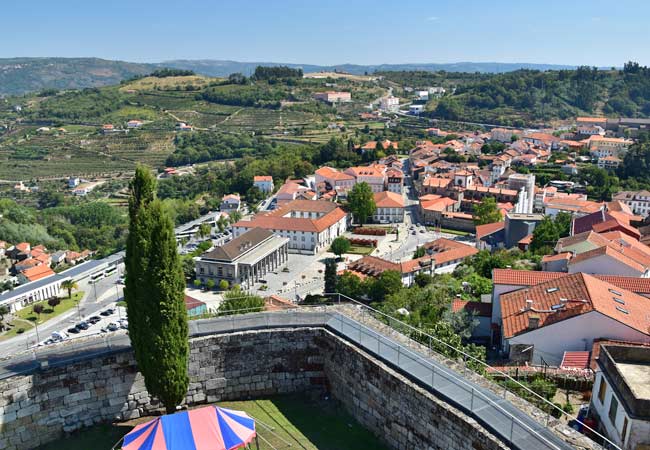
Aveiro
Aveiro is a vibrant coastal city famed for its network of canals, colourful Art Nouveau buildings, and rich maritime heritage. The city center features distinctive moliceiro boats - traditionally used for seaweed harvesting but now offering scenic canal tours. Nearby is Costa Nova famed for its striped fishermen's houses (palheiros) painted in bold stripes of white, blue, and red, which line the beachfront promenade.
Aveiro is commonly visited as a day trip from Porto, with 3 hours sufficient to see the main attractions, including a 45-minute moliceiro boat tour through the canals. Day trips are often extended by 2 hours to visit Costa Nova. Fast trains connect Porto's Campanhã station to Aveiro in just 40 minutes, making it one of the most accessible day trips.
Our Opinion: Aveiro makes for an enjoyable day trip, combining cultural attractions with the opportunity to visit one of Portugal's most photogenic beach areas at Costa Nova.

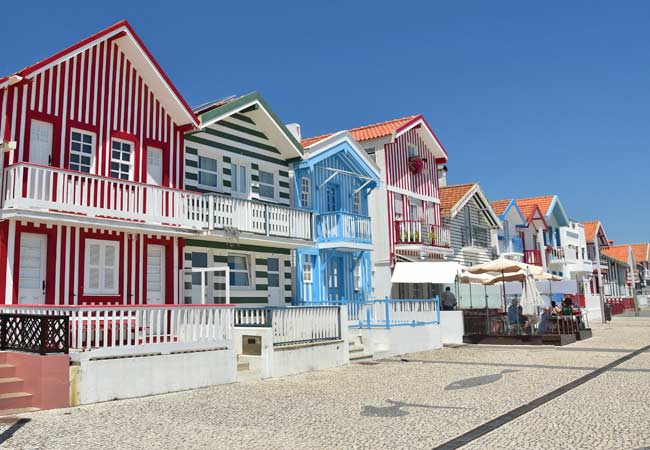
Eastern Beira's Historical Villages
The eastern Beira region is home to an impressive series of medieval fortified villages that once protected Portugal's frontier with Spain. These stone-built settlements, perched atop granite outcrops, include the star-shaped fortress town of Almeida, the magnificently preserved Castelo Rodrigo, and Marialva with its imposing 12th-century castle. Each village tells the story of centuries of border conflicts and offers stunning views across the rugged landscape.
This remote region remains wonderfully authentic, as it's rarely visited by mass tourism. The villages are scattered across a rural landscape of olive groves, almond trees, and vineyards. A car is essential for exploring, as public transport is limited and distances between villages are significant. The best time to visit is spring or autumn, as summer temperatures regularly exceed 35°C (95°F).
Most villages can be explored in 1-2 hours each, but allow a full day to visit 2-3 villages, accounting for driving time and lunch stops. The region can be accessed from Porto (3-4 hours drive) but it is much better to be based in Trancoso - which also is a great base to explore the northern side of the Serra da Estrela (Linhares, Folgosinho and Guarda)
Our Opinion: The Eastern Beira region offers one of Portugal's most authentic historical experiences, perfect for those seeking to escape the crowds. While requiring more effort to reach, the region is worth the effort.
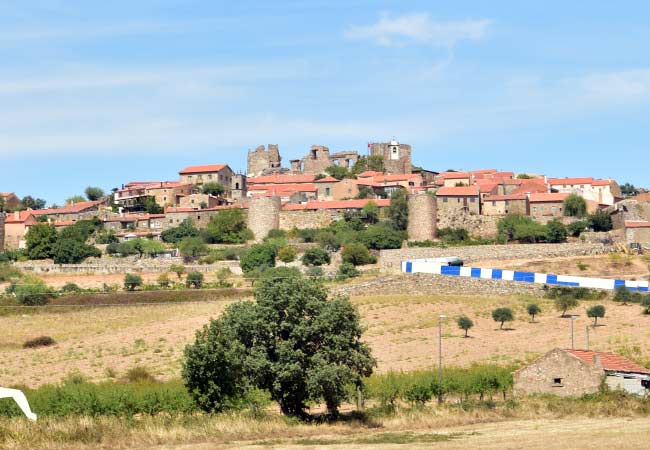
Castelo Rodrigo
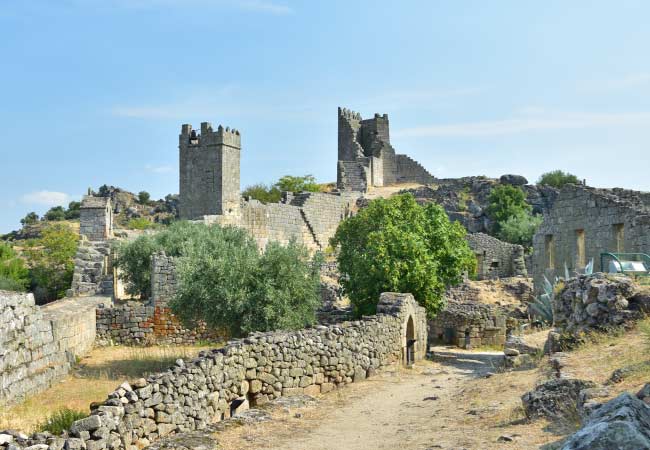
Marialva
Chaves - North Portugal
Located in Portugal's far north, Chaves is an ancient spa town known for its Roman bridge, thermal springs, and well-preserved medieval quarter. Its 2,000-year-old Roman bridge spanning the Tâmega River remains in daily use, while the thermal waters, emerging at 73°C, feed modern spa facilities.
The compact historic center features a medieval castle, baroque churches, and traditional granite houses. The surrounding Trás-os-Montes region offers opportunities for rural tourism and wine tasting.
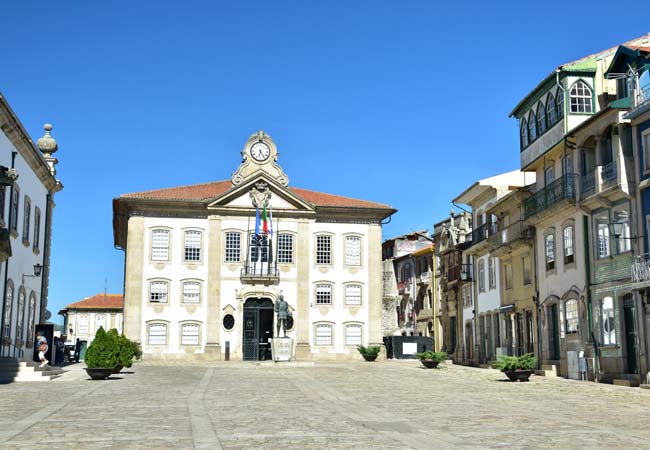
Vila Nova de Foz Côa
Vila Nova de Foz Côa is home to the world's largest open-air gallery of Paleolithic art. The Côa Valley contains thousands of rock engravings dating back 22,000 years, featuring detailed depictions of aurochs, horses, ibex, and other Ice Age animals.
The rock art sites are carefully protected and can only be visited through guided tours from the Côa Museum (booking in advance is essential). The modern Côa Museum, sitting dramatically on a hilltop above the valley, helps visitors understand these ancient artworks through interactive exhibits and detailed explanations of Ice Age life.
The town itself is small but charming, sitting at the confluence of the Côa and Douro rivers, surrounded by terraced vineyards producing both port and table wines. Foz Côa is connected to Trancoso by the fast IP2 road (40km, 30min drive)
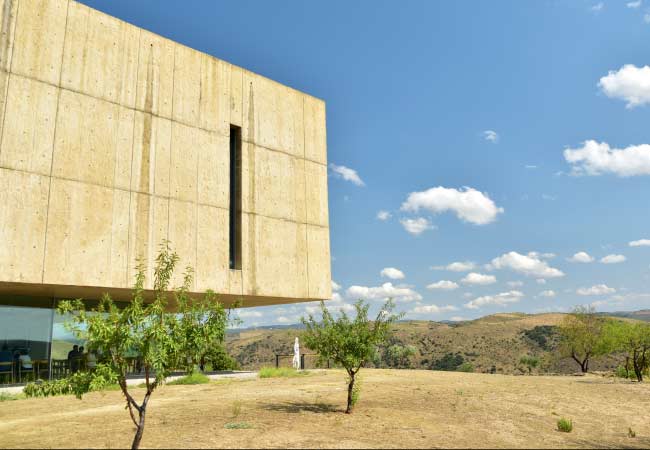
The Museu do Côa
Valença
Valença sits on the Portuguese-Spanish border, dominated by its impressive 17th-century fortress with double walls and moats. The fortress town, sitting high above the Minho River, offers panoramic views across to the Spanish town of Tui. Within the fortress walls, two distinct areas (the Coroada and Vila Velha) are filled with narrow streets, traditional shops, and old stone houses.
The town is particularly known for its textiles and embroidered goods, with many shops selling high-quality Portuguese linens and towels or at the weekly market (Wednesday).

Vila do Conde
Vila do Conde is a popular day trip from Porto, as it offers both an elegant coastal town and glorious sandy beaches. Its historic center features a 16th-century Manueline church, an impressive aqueduct stretching over 4km, and the remains of a medieval shipyard where Portuguese caravels were once built. The riverside area features well-preserved manor houses and a pleasant walking path along the Ave River.
To the south of the Ave River is the pristine Praia da Azurara beach, which is a popular destination for surfing. Vila do Conde offers a more authentic coastal experience than many resort towns, successfully balancing its historical heritage with beach tourism.
Vila do Conde can be explored in 1-2 hours and is perfect to combine with a beach trip. Another bonus is that it is served by Porto's metro system (45 minutes), meaning there are regular, inexpensive trains.
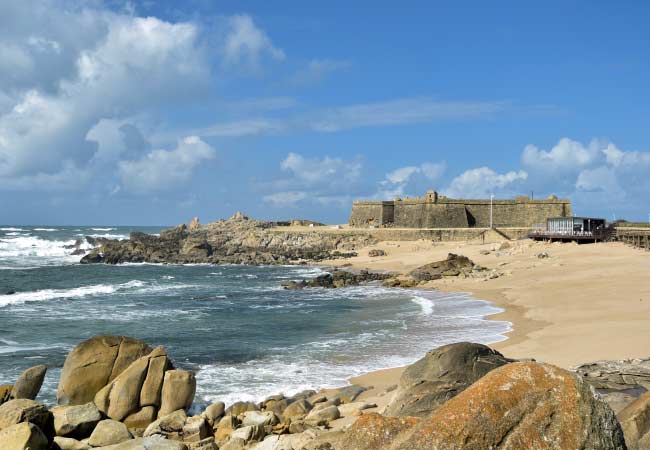
Bragança
Bragança is the historic capital of Trás-os-Montes, is dominated by its exceptionally preserved 12th-century citadel and castle complex. The medieval citadel (cidadela) contains a well-preserved village within its walls, where traditional stone houses still stand alongside the Castle Keep, the Domus Municipalis (a unique 12th-century civic building), and the Igreja de Santa Maria.
Outside the citadel, the modern town offers insights into the distinct culture of Portugal's northeastern region, known for its Celtic influences, unique dialect (Mirandês), and hearty cuisine. Local specialties include wild boar, smoked meats, and chestnuts.
Its remote location means few tourists, but unique regional culture make it worth the journey for those interested in Portugal beyond the usual tourist trail.
Espinho - North Portugal beach town
Originally a traditional fishing village, Espinho has evolved into a lively seaside resort known for its surf spots, wide sandy beach, and one of Portugal's oldest casinos. The town is laid out in an unusual grid pattern (rare for Portugal) following its 19th-century reconstruction after coastal erosion. The town maintains its fishing heritage through the daily morning fish market, but this is a modern town with towering apartment buildings lining the beach.
Espinho is a favourite beach destination for the residents of Porto and is easily reached from Porto by regular suburban trains (30 minutes)
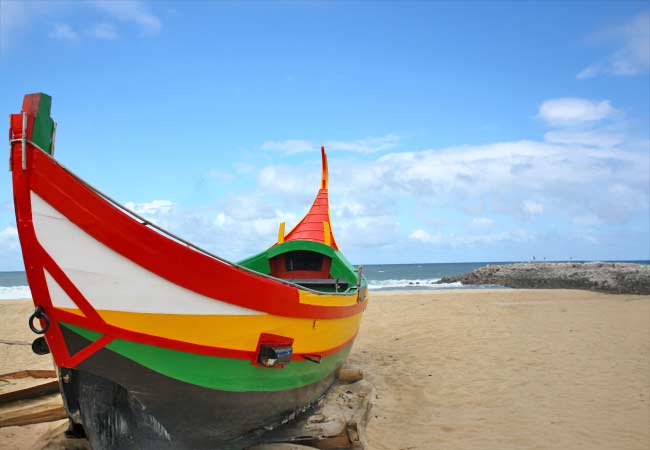
Passadiços do Paiva (Paiva Walkways)
Located in Arouca, the Paiva Walkways offer a stunning 8.7km wooden pathway that follows the Paiva River through dramatic landscapes. The trail features the world's longest pedestrian suspension bridge, the 516 Arouca, which spans 516 metres across the river valley at a height of 175 metres.
The walkway itself winds through ancient forests and rocky outcrops, with wooden stairs and viewing platforms providing access to the region's rich geological features. The complete hiking circuit typically takes 2.5-3 hours one way, with the return journey usually made by shuttle bus.

If you've found our content valuable, we'd welcome your support.
The digital publishing landscape has evolved significantly. As a small independent publisher, we face growing challenges. Search engines increasingly favour paid content over organic results, while AI-generated content often reproduces original work without attribution.
To support our work, please consider bookmarking this page (press Ctrl + D) for quick access. If you find an article helpful, we'd be grateful if you'd share it with friends on social media.
For specific questions, please see our Reddit community at r/LisbonPortugalTravel.
Should you notice any outdated or incorrect information, please contact us at [email protected]
Thank you for helping us continue to provide valuable content in an increasingly challenging digital environment.























